Are you interested in exploring historic homes? Here are the must-see historic houses in Bulgaria:
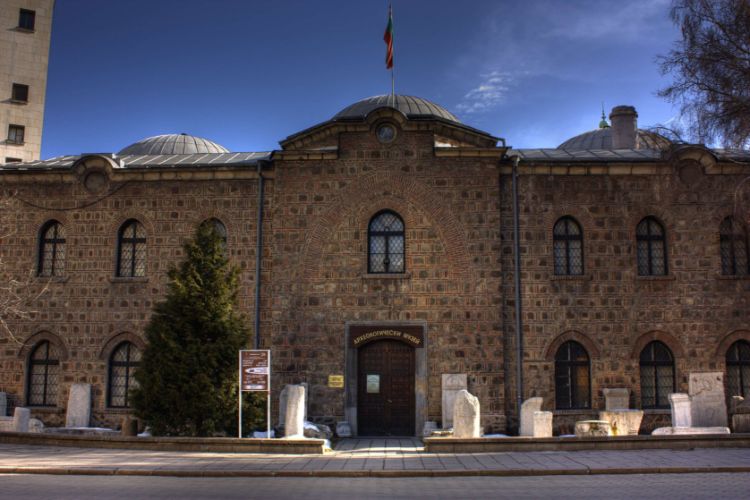
National Institute and Museum of Archaeology
SofiaThe National Institute and Museum of Archaeology (National Institute of Archaeology with Museum in Bulgarian Academy of Sciences) is devoted to the culture of tribes and peoples that have occupied present day Bulgaria from the remote past until the 18th century. The museum is an archaeological museu
Art Gallery & Museum Philippopolis
PlovdivThe Art Gallery & Museum Philippopolis is an art gallery that holds a private art collection, that includes works from the classical Bulgarian Revival period to works by renown contemporary artists. The museum is housed in a restored house of Hadji Aleko Tzvetkov that was originally built in 1865.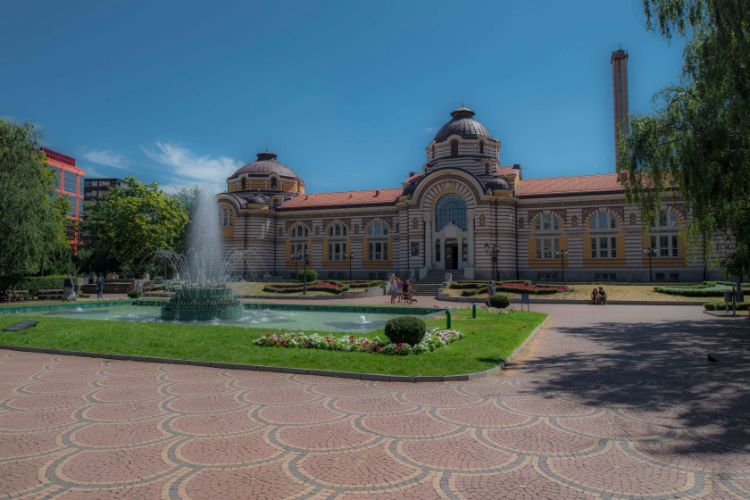
Sofia History Museum
SofiaThe Sofia History Museum is housed in the former building of the Central Mineral Baths and is devoted to ethnography, archaeology, economy, and cultural life in Sofia and its region. The museum has a collection of around 120,000 objects, covering the period between 6th millennium BC up to the1940s,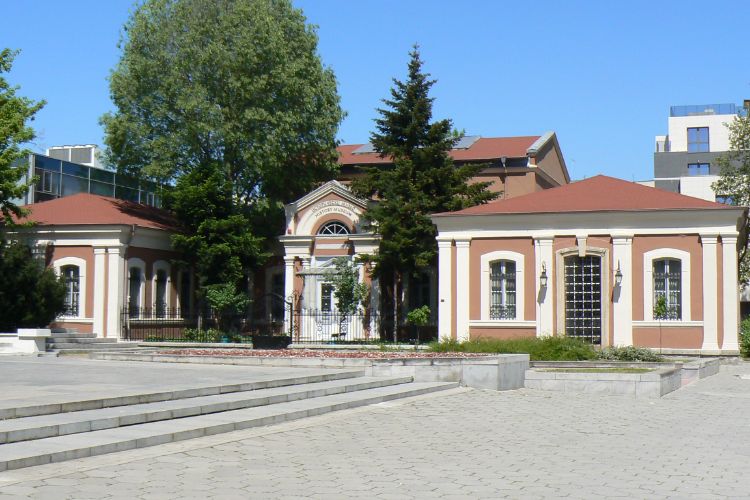
Plovdiv Regional Historical Museum
PlovdivThe Plovdiv Regional Historical Museum (Regional History Museum - Plovdiv) is dedicated to the past of Plovdiv and its region in the period from the 15the century until the 20th century. The museum holds a collection of over 60,000 pieces, including a collections of cold steel and firearms, orders a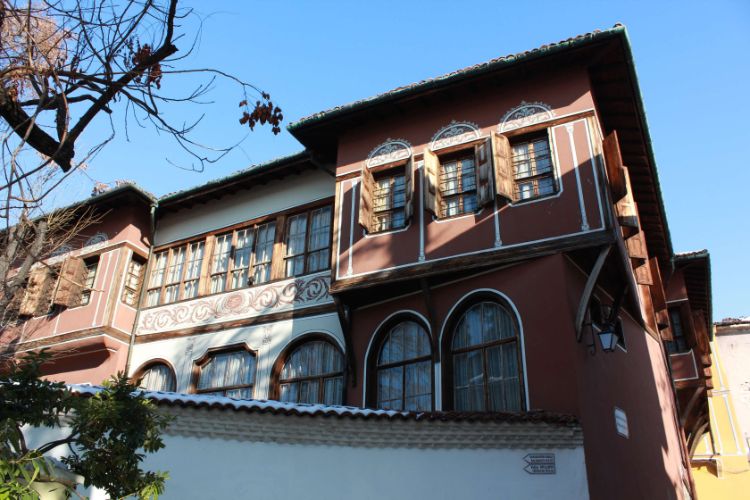
Balabanov House
PlovdivThe Balabanov House was built in the 19th century by wealthy merchant and usurer, member of the tailors’ guild, Hadji Panayot Lampsha and ended up in the hands of the merchant of wood Luka Balabanov, whose name the house bears now. It exemplifies the symmetrical houses from the 19th century that wer
National Gallery - The Palace
SofiaNational Gallery - The Palace is housed in the Royal Palace that was built after the Liberation of Bulgaria from Ottoman rule in 1878. The museum has temporary exhibitions of Bulgarian and foreign art on display.
Ethnographic Museum Varna
VarnaThe Ethnographic Museum Varna is located in a house that belongs to the age of Revival, built around 1860. The museum presents the variety in culture and style of life of the population in Varna and its region. The museum focuses on the second half of the 19th and the beginning of the 20th century.
National Ethnographic Museum
SofiaThe National Ethnographic Museum in Sofia is housed in the former royal residence in Sofia. The museum holds a collection that includes costumes, goldsmithery, copper objects, agriculture, wood carvings, furniture, ceramics, fabrics and embroideries, carpets, ritual objects and foreign art.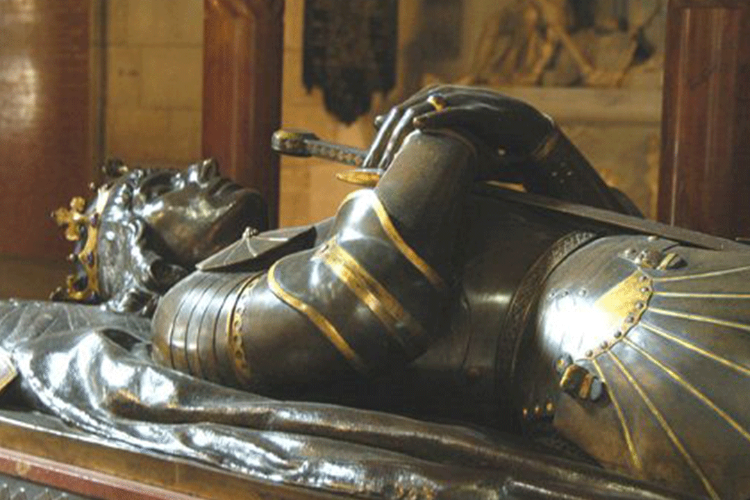
Park-Museum of Military Friendship 1444 Vladislav Varnenchik
VarnaPark-Museum of Military Friendship 1444 Vladislav Varnenchik is located at the place of the battlefield from 10.11.1444 , where the Polish- Hungarian King Vladislav Yagello was killed. The museum holds a collection that contains arms and equipment from the 15th century, found on the battlefield (inc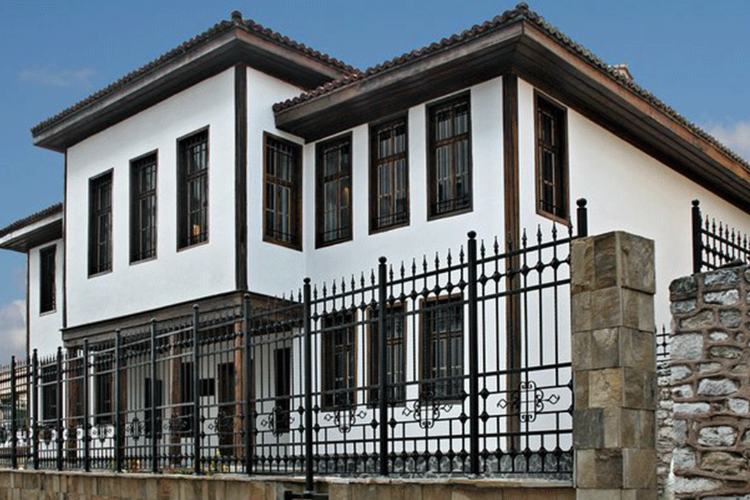
Museum of the Revival
VarnaThe Museum of the Revival is housed in a building from the 19th century, which had several purposes, including being a high school for girls after the Liberation. The museum highlights important moments of the history of Varna and its region during the Revival period in the 19th century. The first f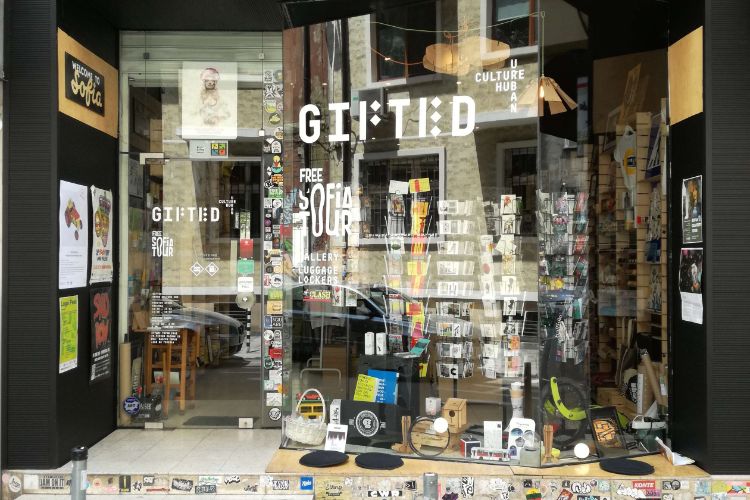
The Red Flat
SofiaEntering the Red Flat means travelling back in time to Communist Bulgaria of the 1980’s. By visiting the home of an average family you will discover what everyday life was like for ordinary Bulgarians during the Cold War. Work and leisure, school and vacation, eating, drinking, watching TV, partying- 12
Atanas Krastev House Museum
PlovdivThe Atanas Krastev House Museum is housed in the house of the late Plovdiv mayor Atanas Krastev, still with a dining room, living room, and study. The ground floor of the Museum House of Atanas Krastev features 30 portraits of Krastev, painted by renowned Bulgarian artists. The second floor of the m - 13
National Anthropological Museum
SofiaThe National Anthropological Museum in Sofia is part of the Bulgarian Academy of Sciences. The museum houses many reconstructed images of people who lived in Bulgaria, spanning over several periods. The permanent exhibition is is arranged chronologically from Prehistory to Antiquity to Middle Ages a - 14
House-museum Pancho Vladigerov
SofiaThe House-museum Pancho Vladigerov is devoted to the Bulgarian composer, pedagogue, and pianist Pancho Vladigerov. The house-museum holds a collection that includes photos and documents related to the composer and features restorations of the original rooms of his house. The rooms are restored to w